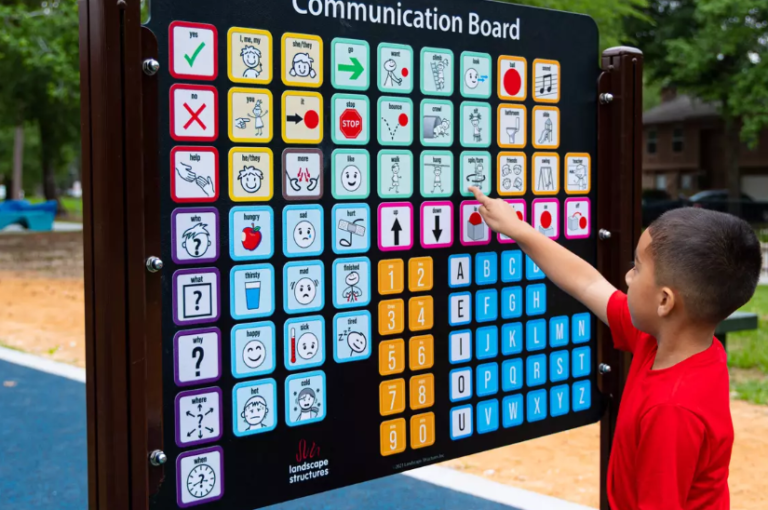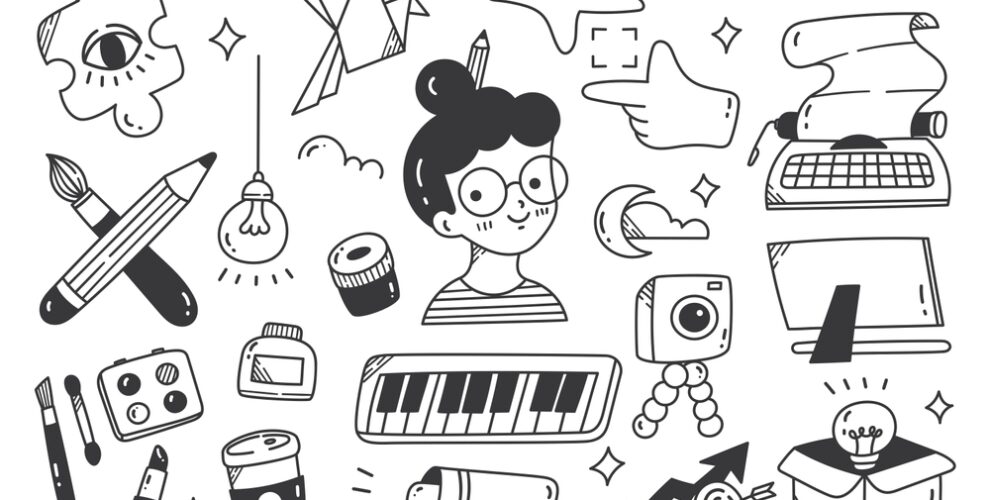Also called Sketchnoting or Graphic Visualization
You may be looking for ways to help your students remember what they are reading. Here is an excellent strategy that your students will love and allows for creativity.
Visual Note-taking is a powerful tool that helps you capture your thinking through words and images. When students use pictures and words to show the big ideas they have learned about, both sides of their brain are activated therefore the chances of them remembering that information doubles. There is plenty of research to support the benefits of this. Allan Paivio’s Dual Coding Theory says that both visual and verbal processing are essential to foster learning. When both are activated at once, they work together so we are better able to understand and remember ideas.
Benefits:
- Helps make the information you are learning about easier to remember
- Increases active listening
- Helps you think more deeply
- Allows you to capture your thinking and communicate it more clearly
- Increases concentration/focus on the topic
- More engaging than traditional notes
- Can be used by all levels of students in all subject areas
- Develops vocabulary
- Builds confidence
- Allows for individual creativity
- Develops visual literacy
How To Start:
- Show examples first by Googling images of sketchnoting, visual notetaking or graphic visualization.
- Start with a topic you know a lot about and just practice the strategy
- Choose only the main ideas to represent
- Brainstorm possible images for the main ideas together
- Can be used when listening (lecture, podcast, video, movie) and/or when reading new information (book, chapter, article)
- Initially, stop the reader after short pieces of information and ask “What important information did you just read or hear and what could we draw to show that idea?”
Quick Tips:
- Be brave and just try it
- There is no ‘right way’ to do it-many different styles exist
- Practice visual notetaking in a variety of contexts/subject areas
- Use simple images to make connections to learning
- May choose to take ‘traditional’ notes first and then think of images that best represent the information and plan the layout design.
- The quality of the symbols don’t matter. This isn’t about the art, it’s about the ideas.
- There may be discomfort at first because of lack of confidence in their drawing ability
- Model and share your own examples to demonstrate the importance of risk-taking
Resources:
- Perry, K. & Weimar, H. (2017). Sketchnoting in school: Discover the benefits (and fun) of visual note taking. Lanham, MD: Rowman & Littlefield.
- Pillars, W. (2016). Visual Note-Taking For Educators. New York, NY: W.W. Norton & Company
- Sketchnoting and Why It’s Important
- The Benefits of Using Doodling and Sketchnotes in the Classroom
- The Power of Visual Notetaking
- Visual Note-Taking: Keep Focus and Improve Retention








